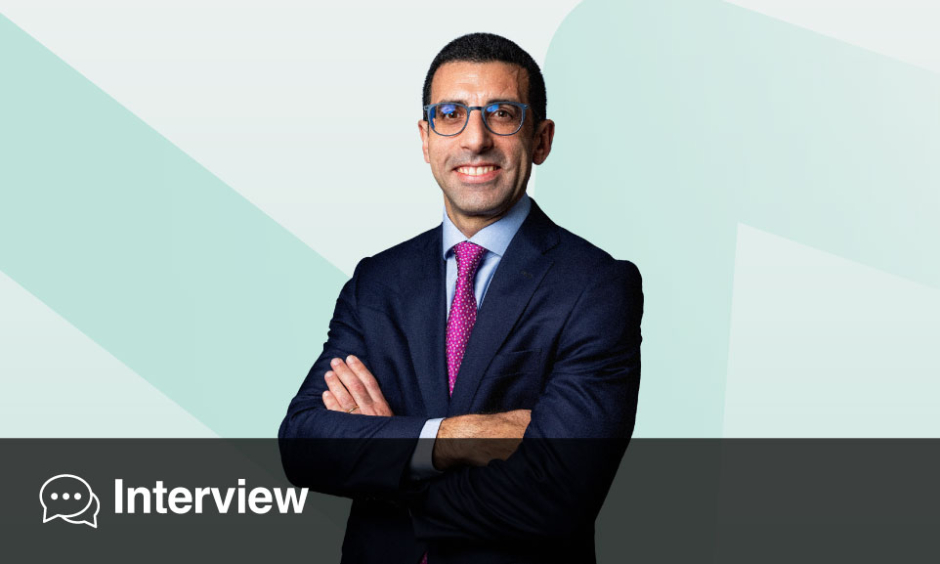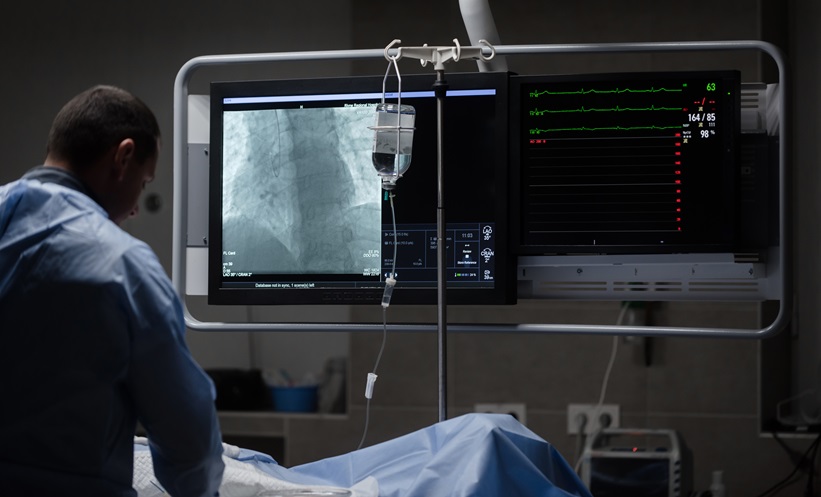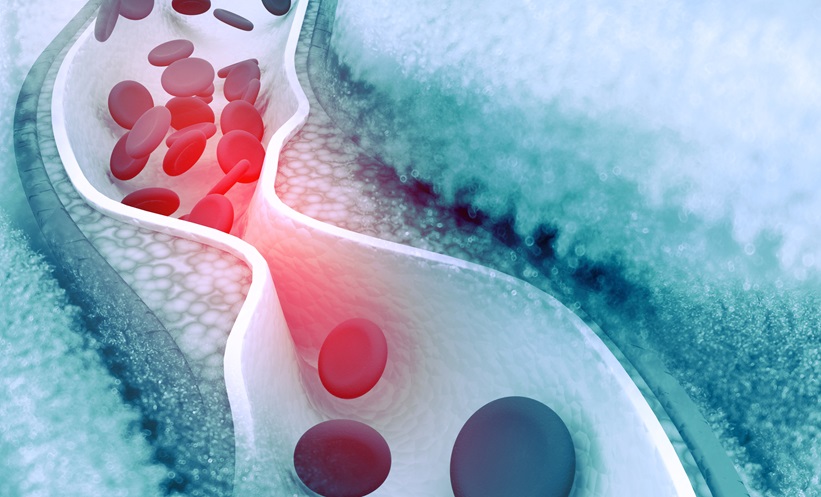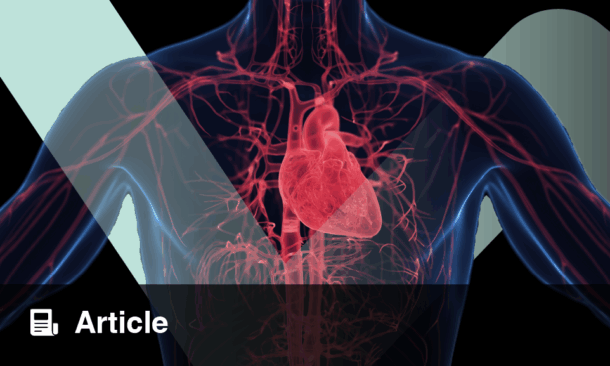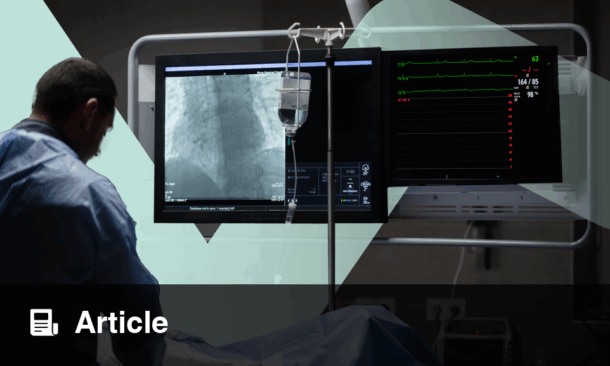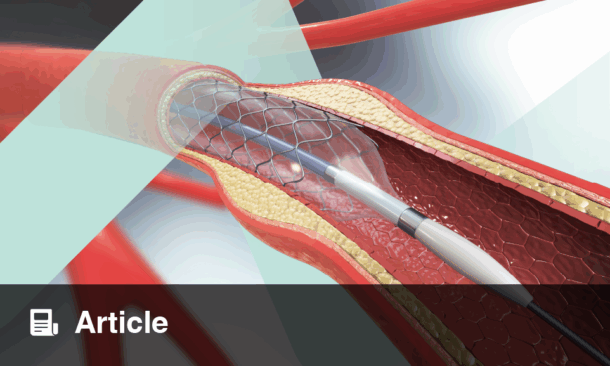Salvatore Brugaletta | Hospital Clínic, Cardiovascular Clinic Institute, Institut d’Investigacions Biomèdiques August Pi i Sunyer (IDIBAPS), Barcelona, Spain
Citation: EMJ Int Cardiol. 2025;13[1]:58-59 https://doi.org/10.33590/emjintcardiol/HTLO1917
![]()
As a European Association of Percutaneous Cardiovascular Interventions (EuroPCR) Board Member, what unique strengths do you believe EuroPCR offers compared to other major interventional cardiology meetings?
EuroPCR is formally a course rather than a congress. This means that it offers not only clinical science and late-breaking clinical trials, which have been presented more and more over the last few years, but also several practical sessions on how to perform specific procedures. This helps the interventional cardiology community grow together in clinical practice, standardising our profession with the ultimate goal of achieving good outcomes for patients.
In one session at EuroPCR, you discussed the critical role of imaging in acute coronary syndrome. In your opinion, how does intravascular imaging optimise percutaneous coronary intervention (PCI) outcomes, and what are the main barriers that still limit its routine adoption into clinical practice?
It is well known that intravascular imaging is a big help in optimising PCI outcomes, especially in specific anatomical scenarios such as bifurcations, left main disease, long lesions, and calcified lesions. This was supported by Class I indication with level A of evidence in the latest European and American guidelines. Nevertheless, there are still barriers limiting its adoption, which may be due to the interventional cardiologist or the hospital administration. From an interventional cardiologist’s perspective, we either struggle with learning how to use intravascular imaging, or we have a full schedule in our lab and cannot dedicate time to it. Some of us are still convinced that it is not useful at all, especially those colleagues focused on structural interventional cardiology. Therefore, it is important to teach the community about the benefits of intravascular imaging and how to use it properly in daily practice.
On the other side, there is the issue of cost and, in many countries, the lack of reimbursement. It is important to highlight to our administrators that the use of intravascular imaging is cost-effective, as it may prevent new events and re-hospitalisation.
EuroPCR 2025 features hands-on imaging workshops, live educational cases, and sessions focused on integrating new technologies into daily practice. Which innovations or educational approaches showcased at this year’s Congress do you believe will have the most immediate impact on improving interventional outcomes?
It is difficult to choose. The hands-on imaging workshops may have a great impact, as they involve one-to-one interactions with imaging software to understand how to use it in real cases. It may also help us overcome our lack of knowledge when talking about the use of imaging in clinical practice. Another interesting session was the live simulation of a Double Kissing Crush case. It was a session where a virtual patient was treated with a Double Kissing Crush, simulated on a beating heart, showing how each step of the technique should be performed and what happens if something goes wrong.
Were there any presentations or discussions at the Congress that you found particularly thought-provoking or practice-changing?
I have two sessions in mind. One focused on the treatment of vulnerable plaques, which are coronary plaques that have not yet produced any events. There are some data showing that preventive mechanical treatment, through stent implantation, may be useful. In this session, we learnt that the presence of vulnerable plaques warrants close attention so that we can optimise medical treatment and provide our patients with the best possible care. The second session was about cardiogenic shock management. The main message here was the importance of classifying the severity of cardiogenic shock and having different invasive and non-invasive options to manage it.
As Editor-in-Chief of PCRonline, how do you envision the platform evolving to further support education and collaboration amongst interventional cardiologists worldwide?
The PCRonline platform is a hub for resources from various PCR courses, cases, webinars, and more, all over the world. Our work is built on continuous improvement and sharing experiences with our colleagues. For this reason, education should not be restricted to one event per year but rather promoted throughout the year by using various resources and methods to connect interventional cardiologists worldwide. To me, this is the most important role of a platform like PCRonline.
What are your three key takeaways from the Congress?
I only have one, but I believe it perfectly summarises the Congress. The main topic of EuroPCR this year was complexity, so my takeaway is: “When things are complex, do not make them even more complex.”

